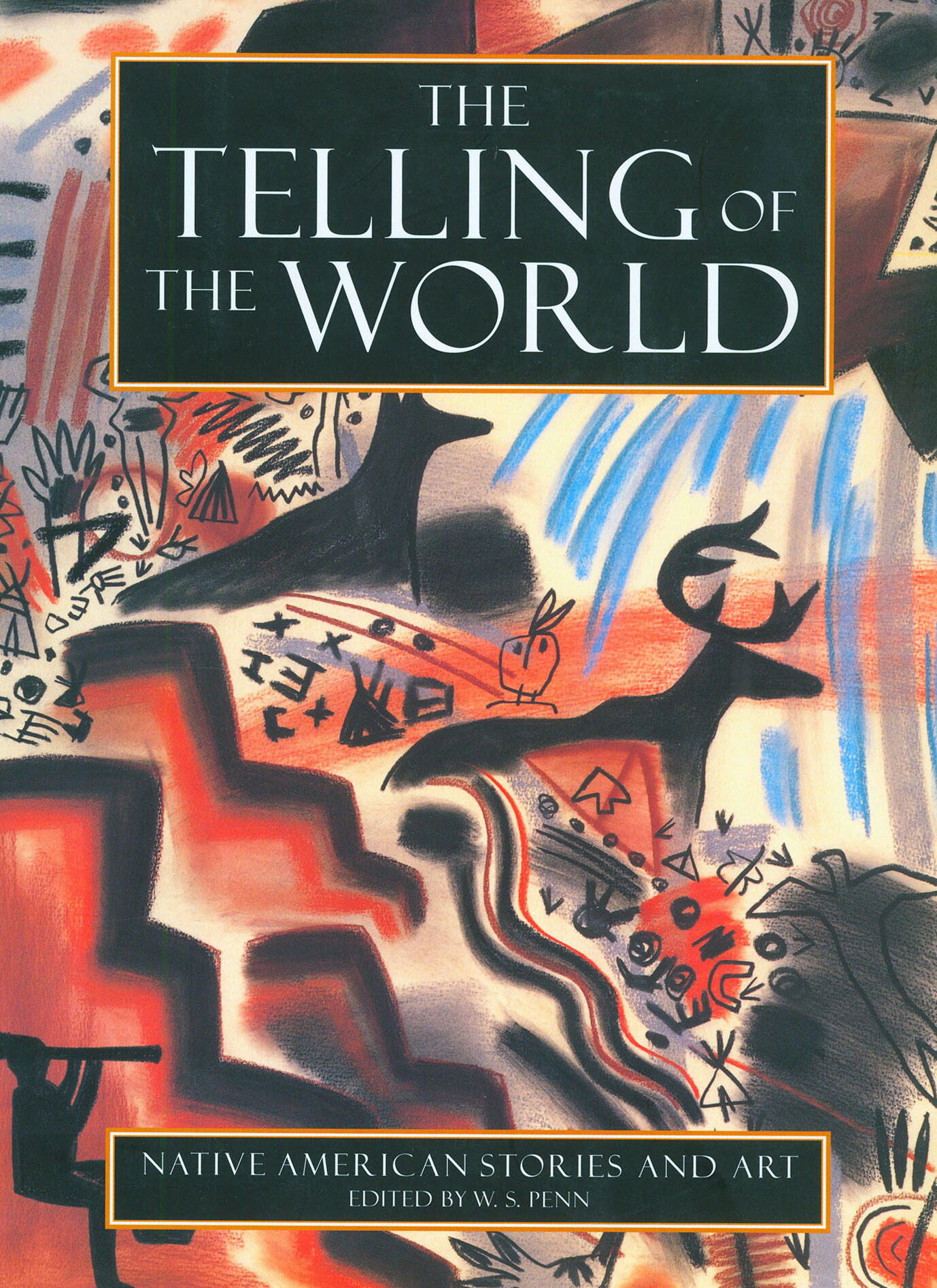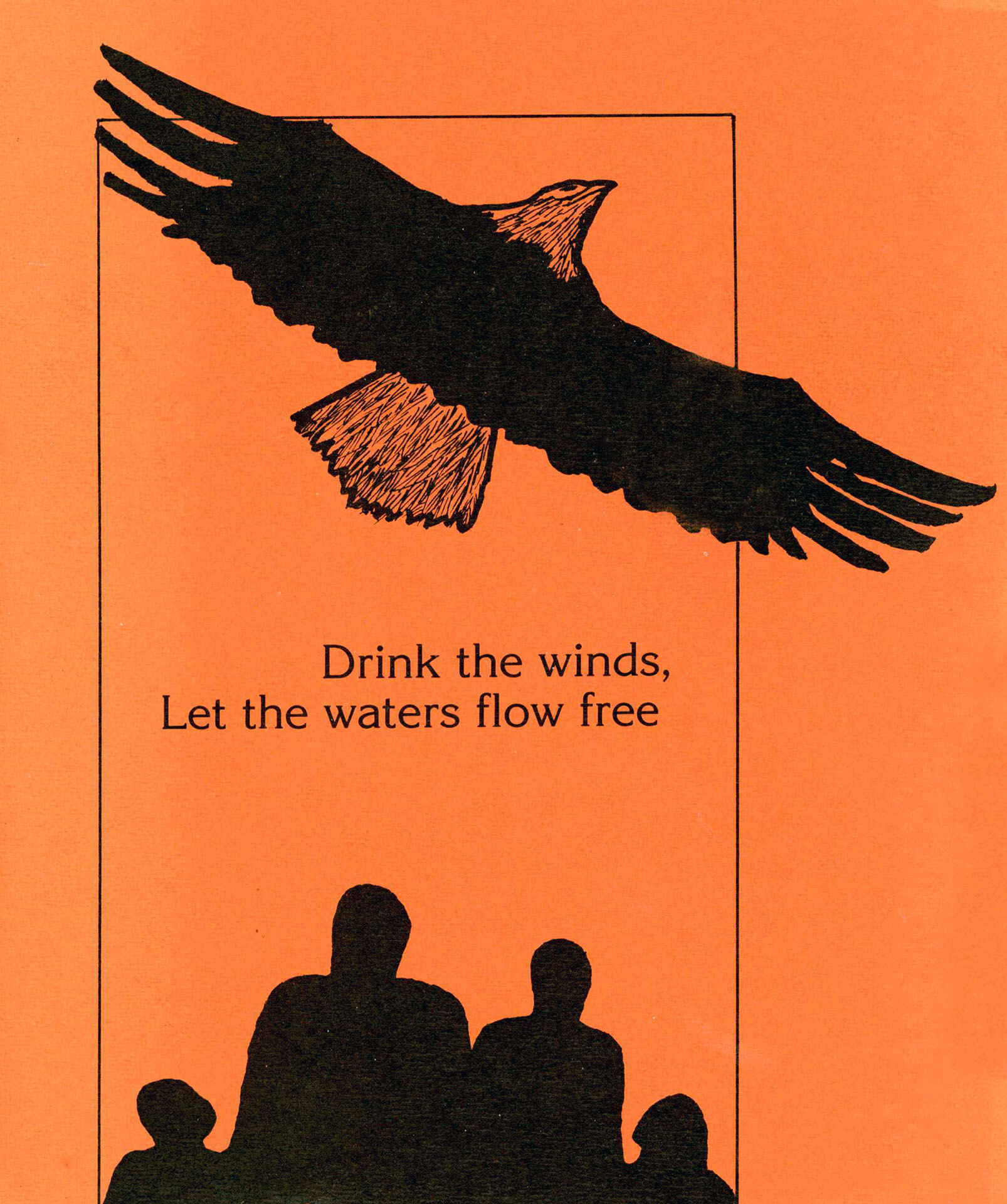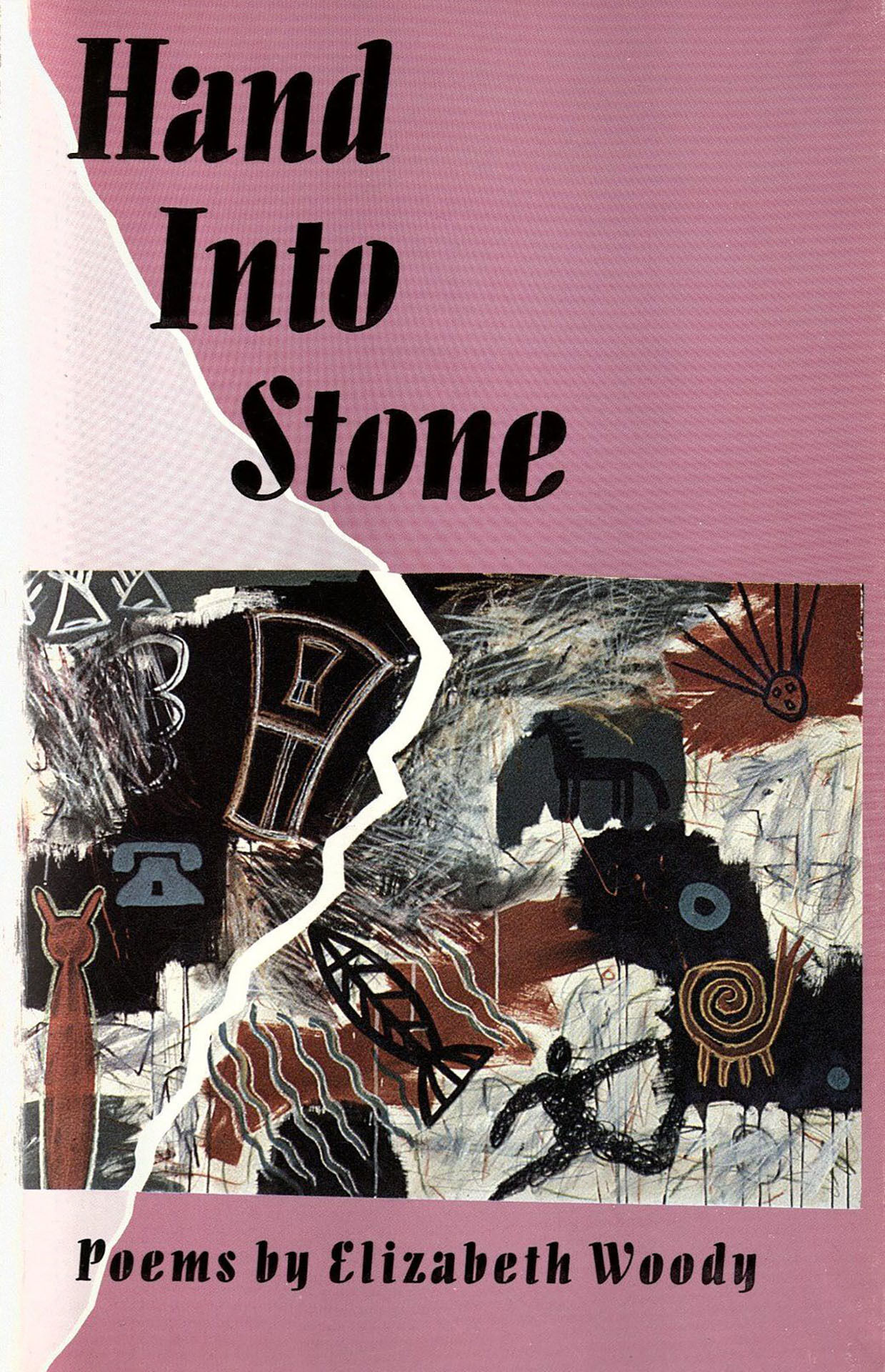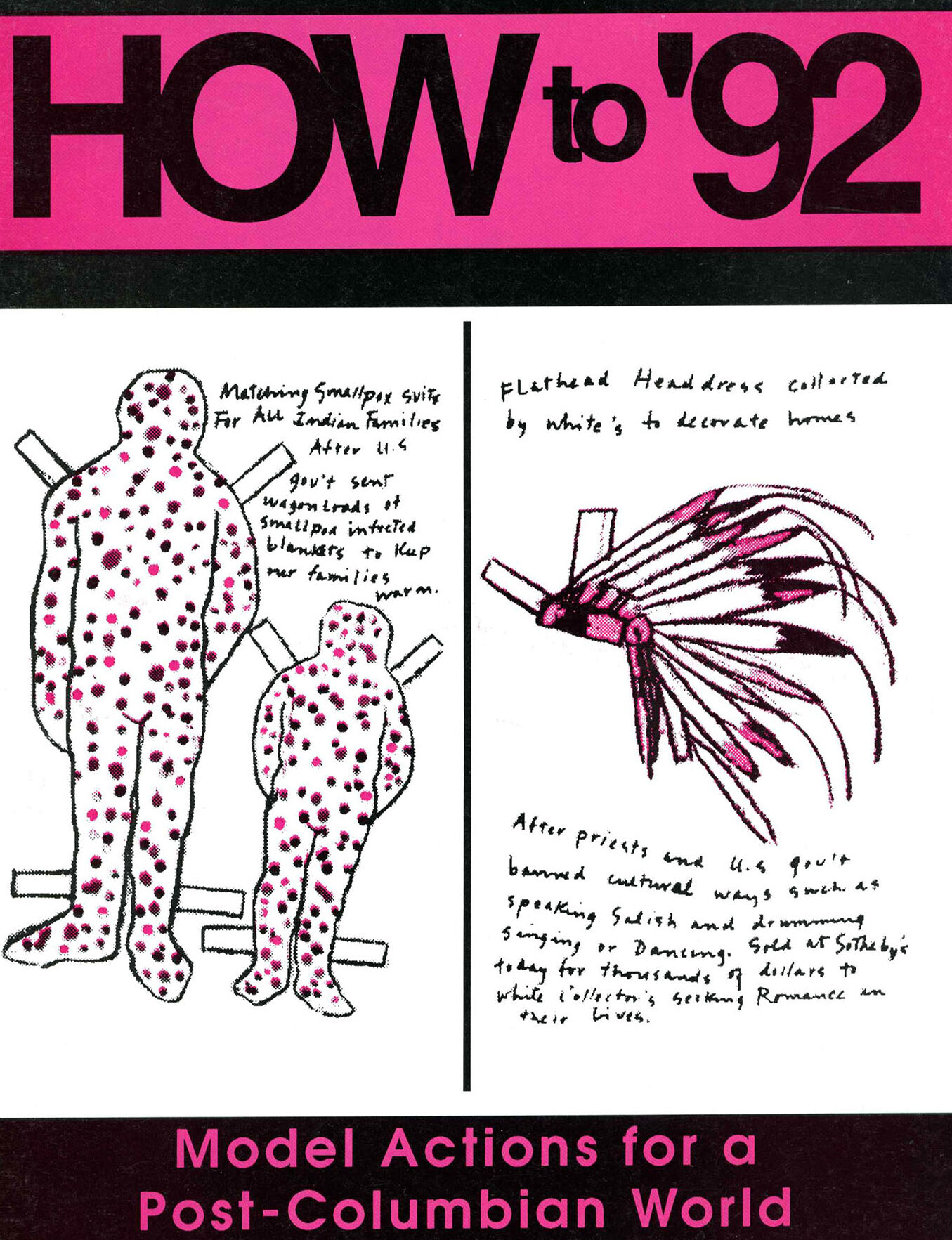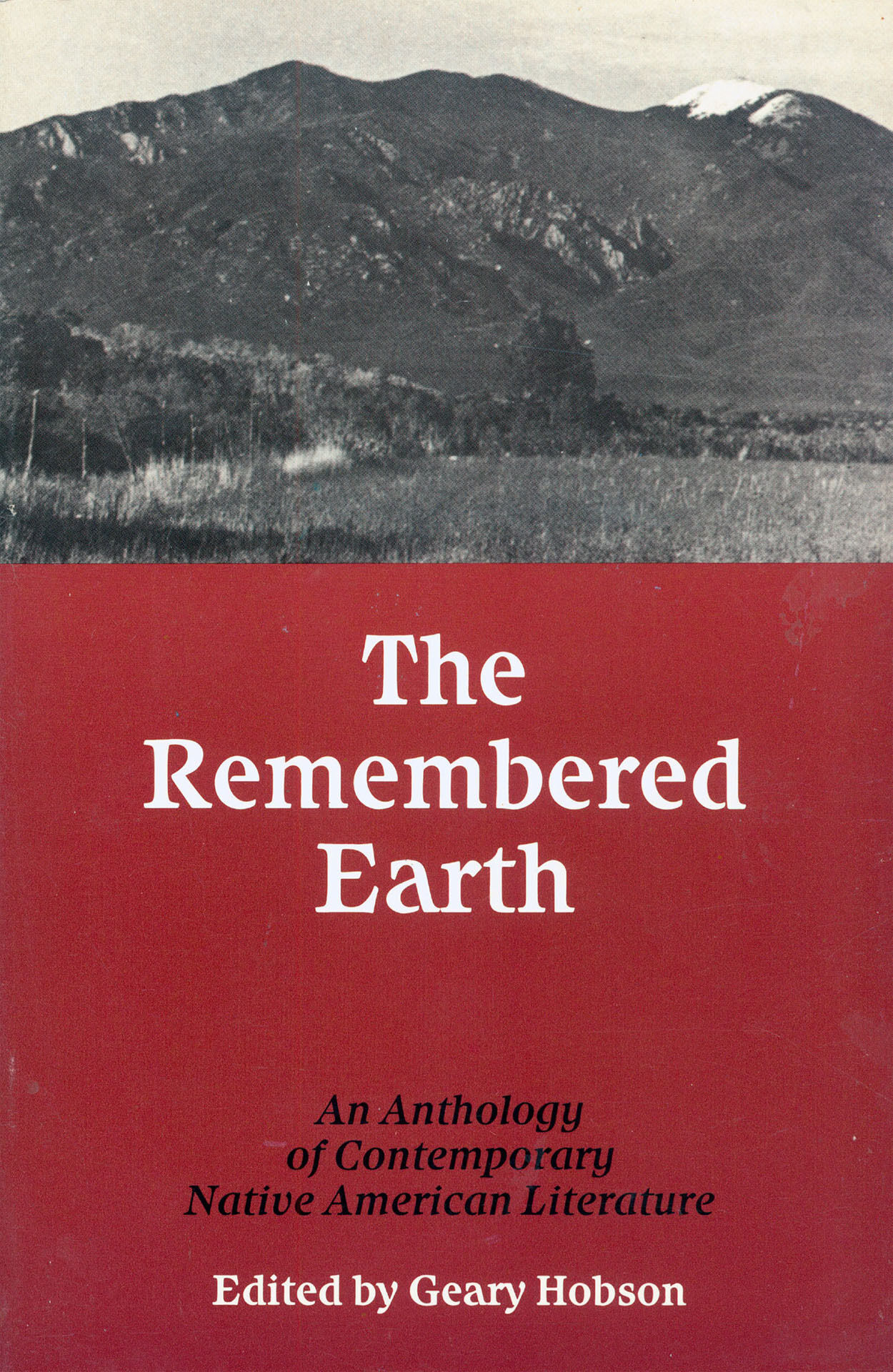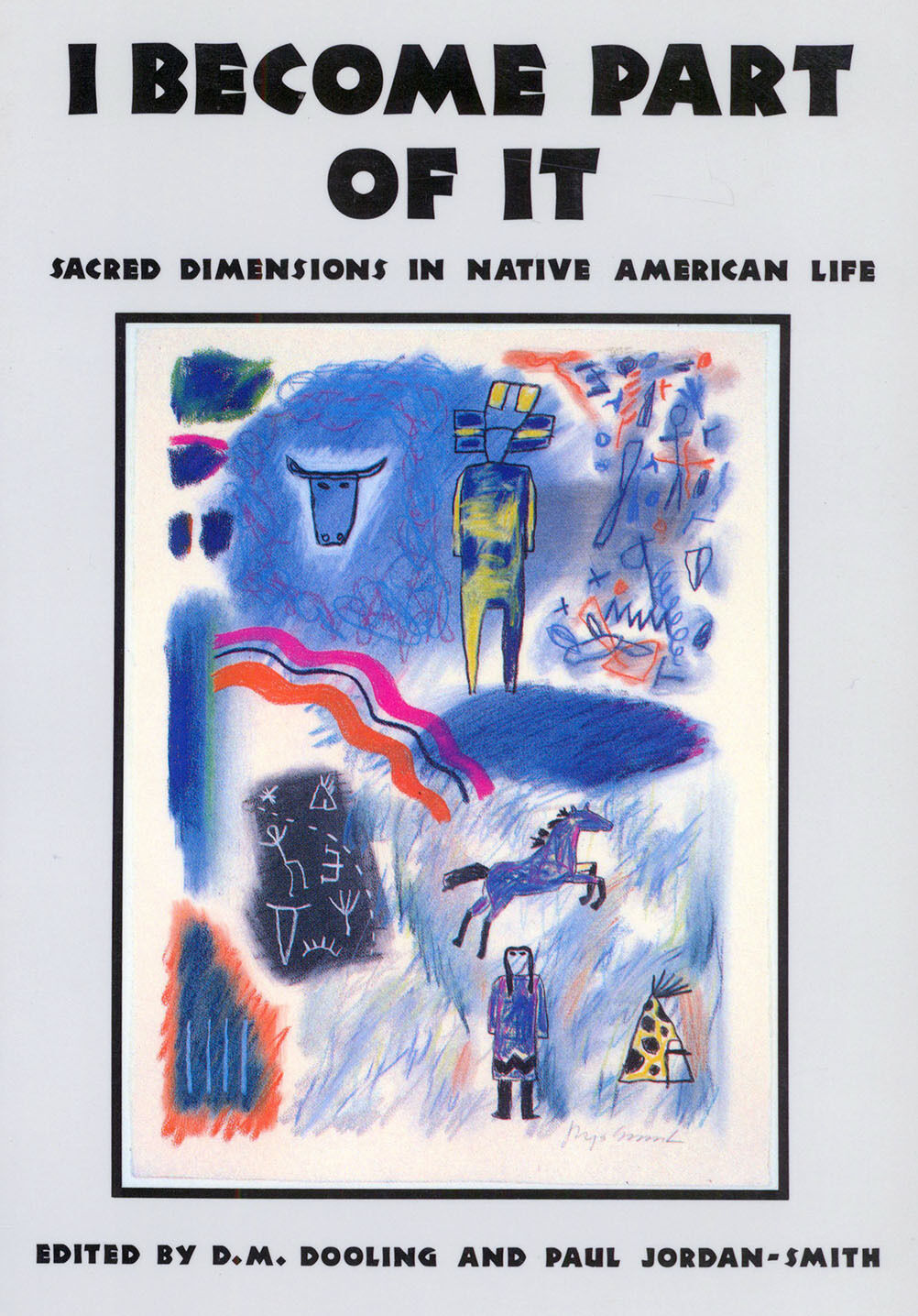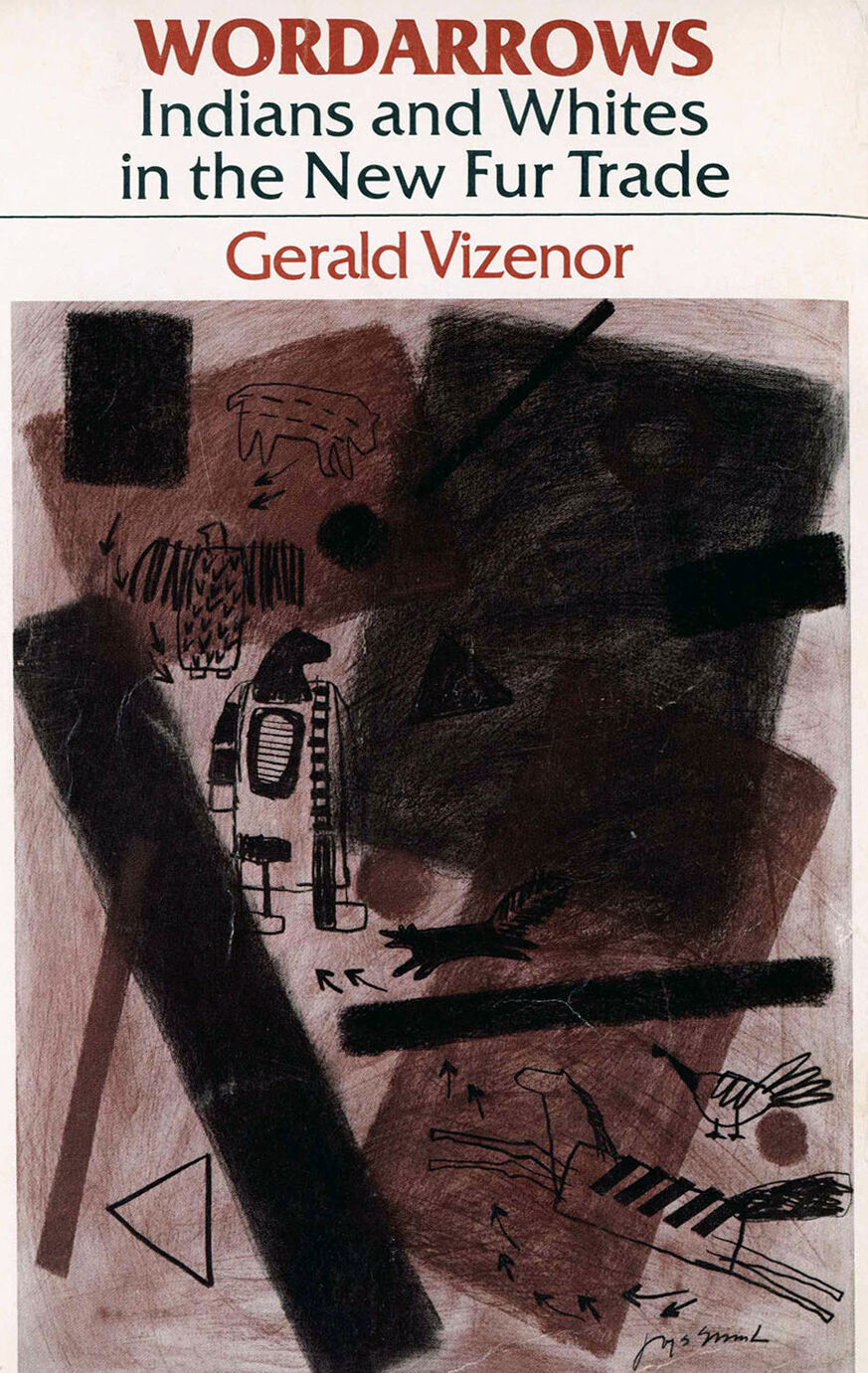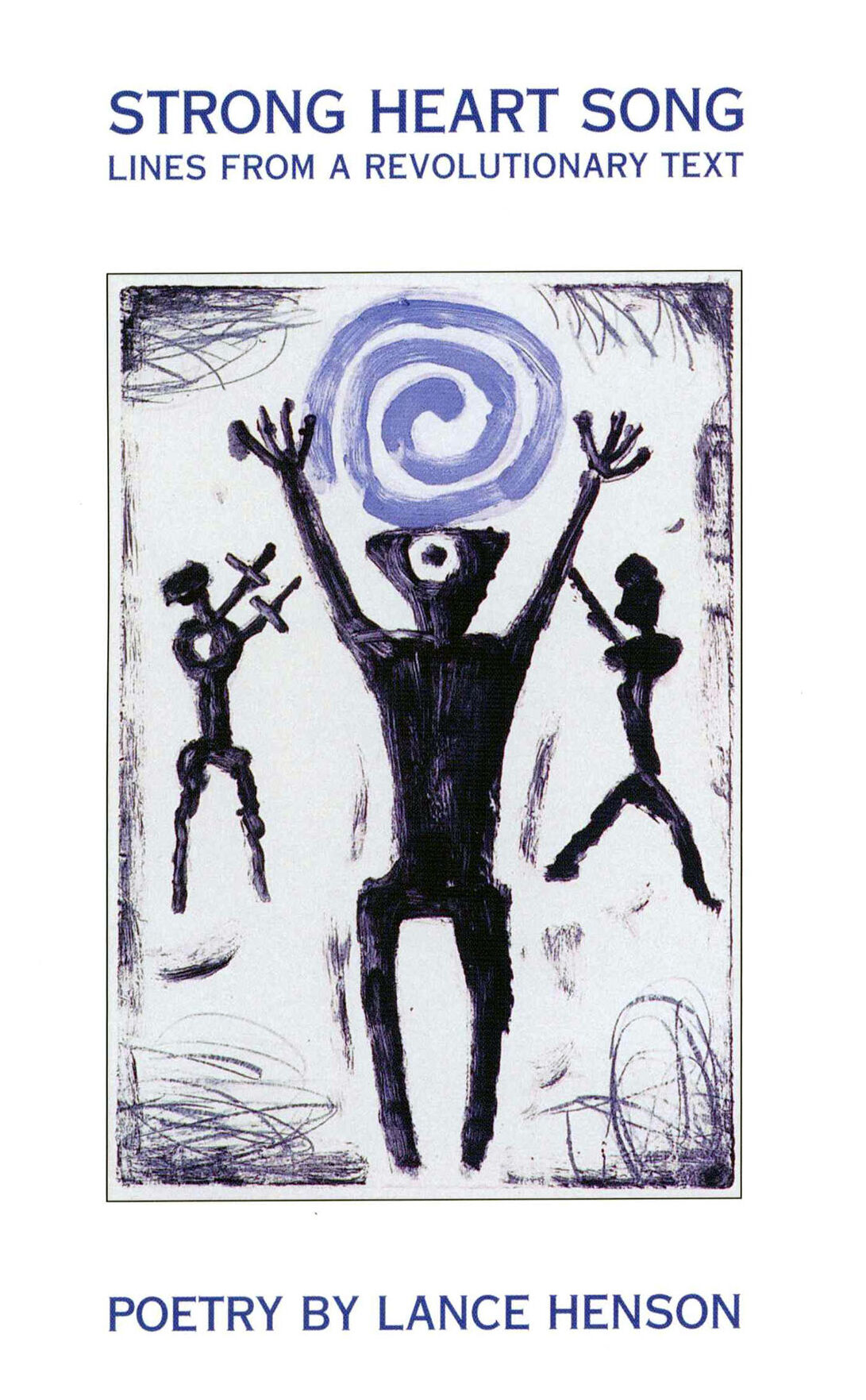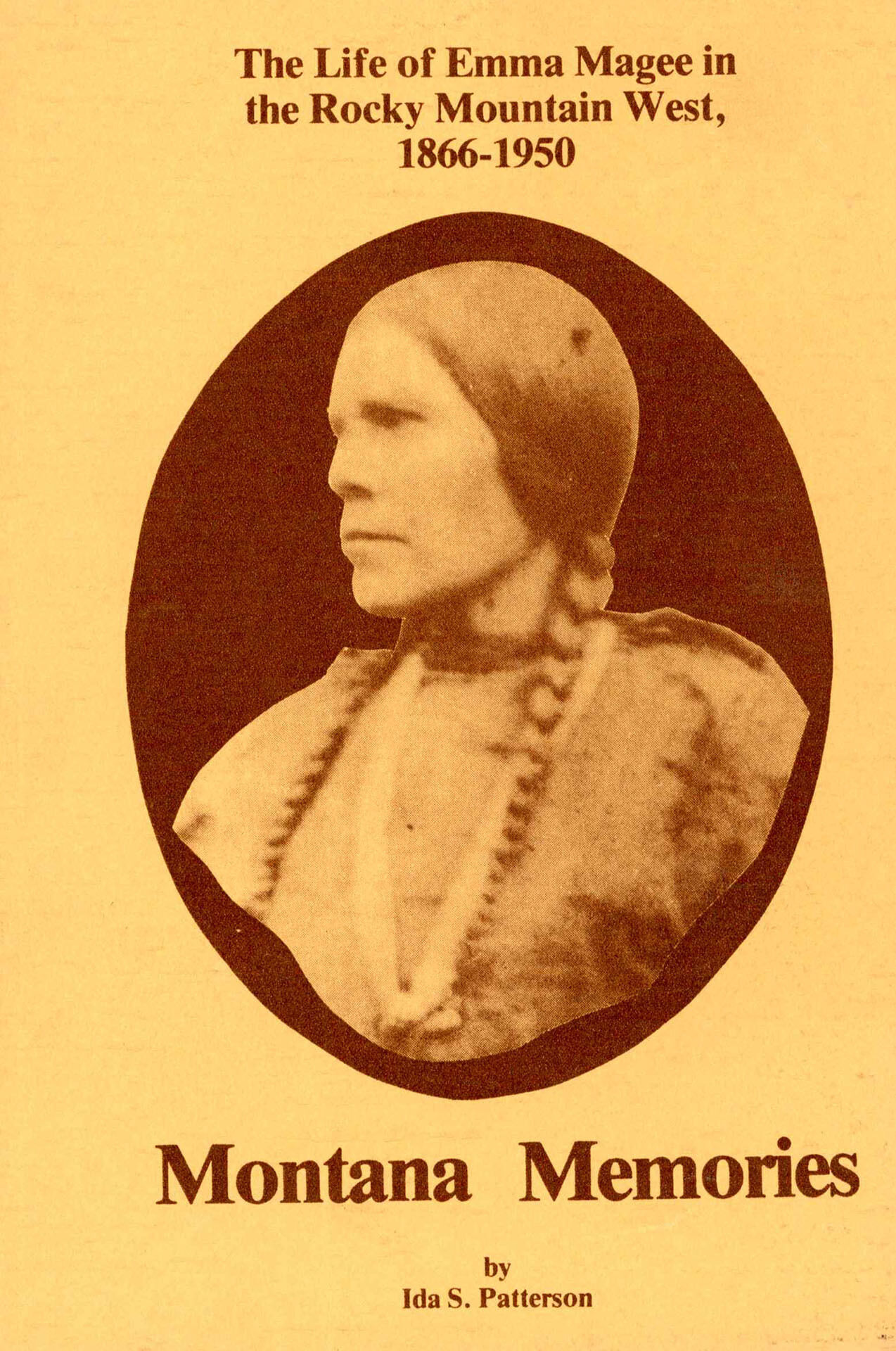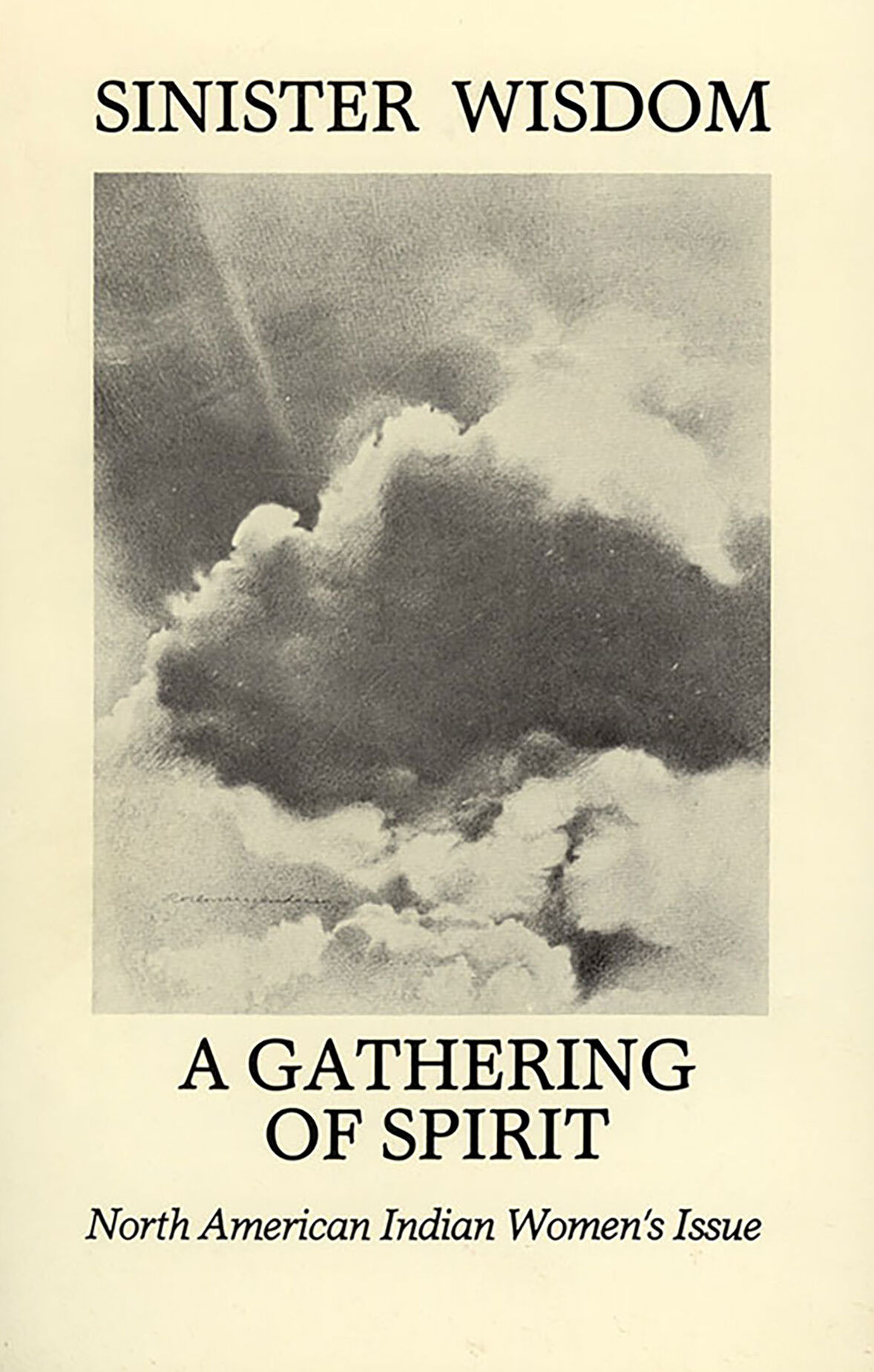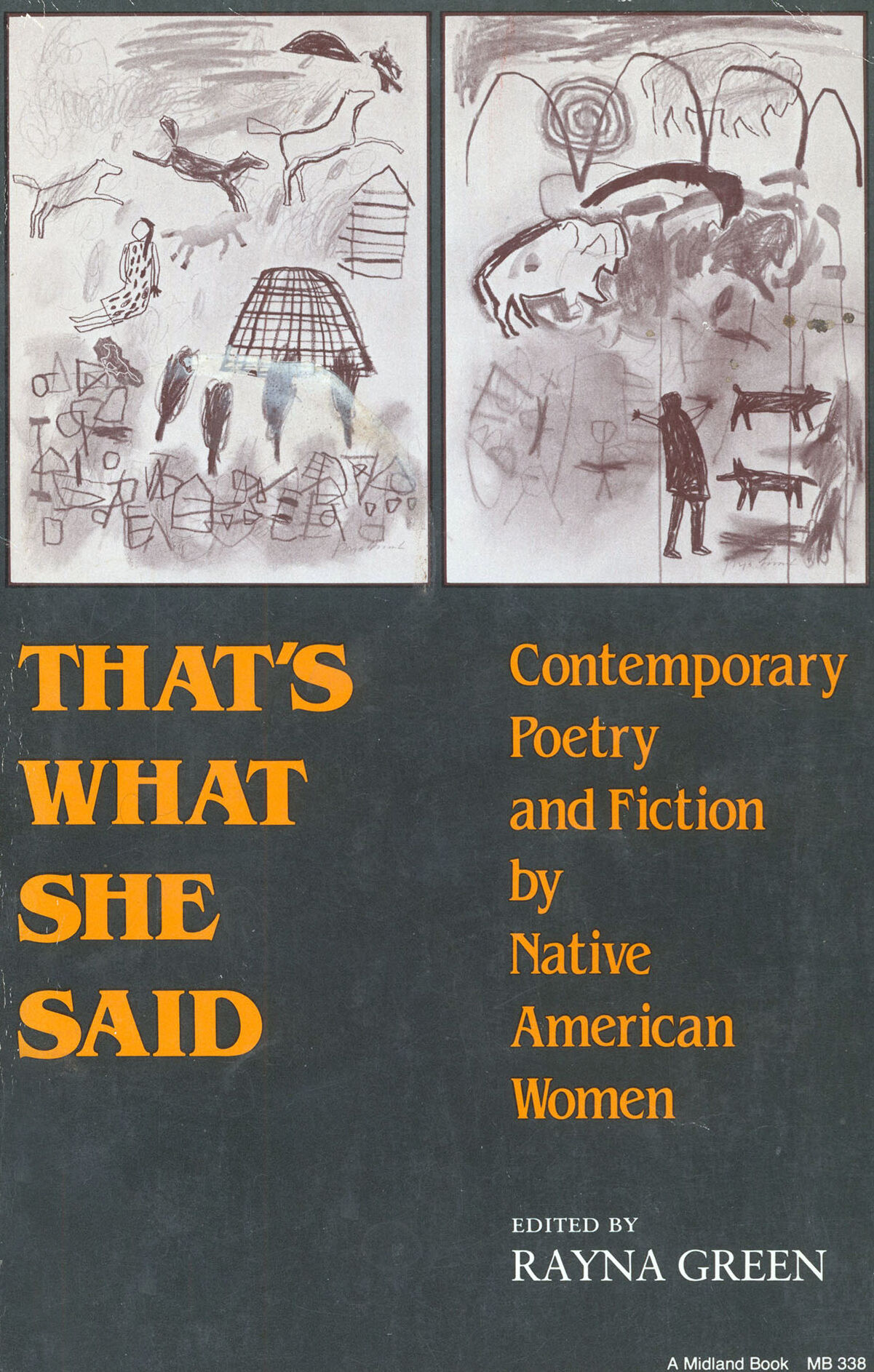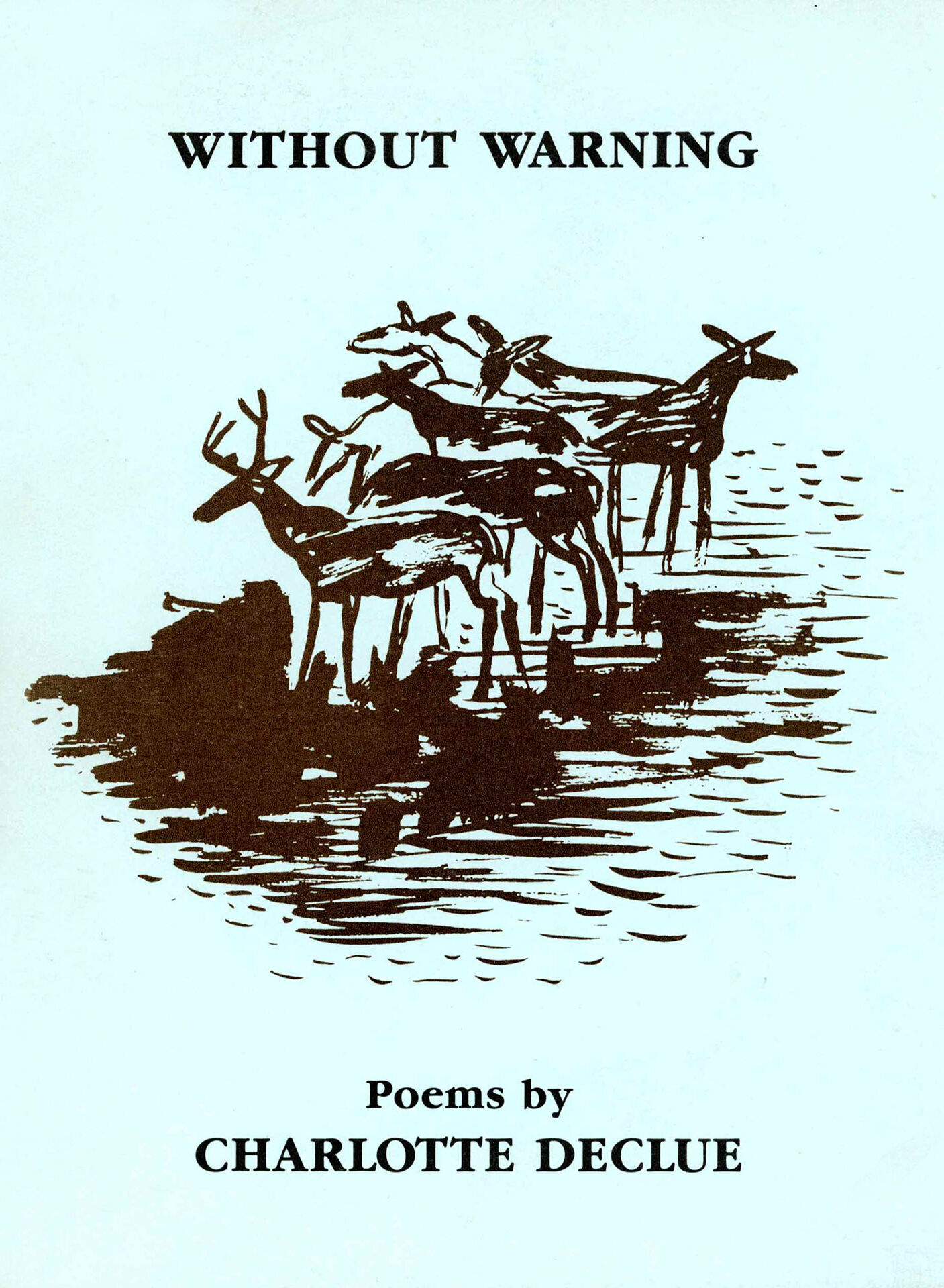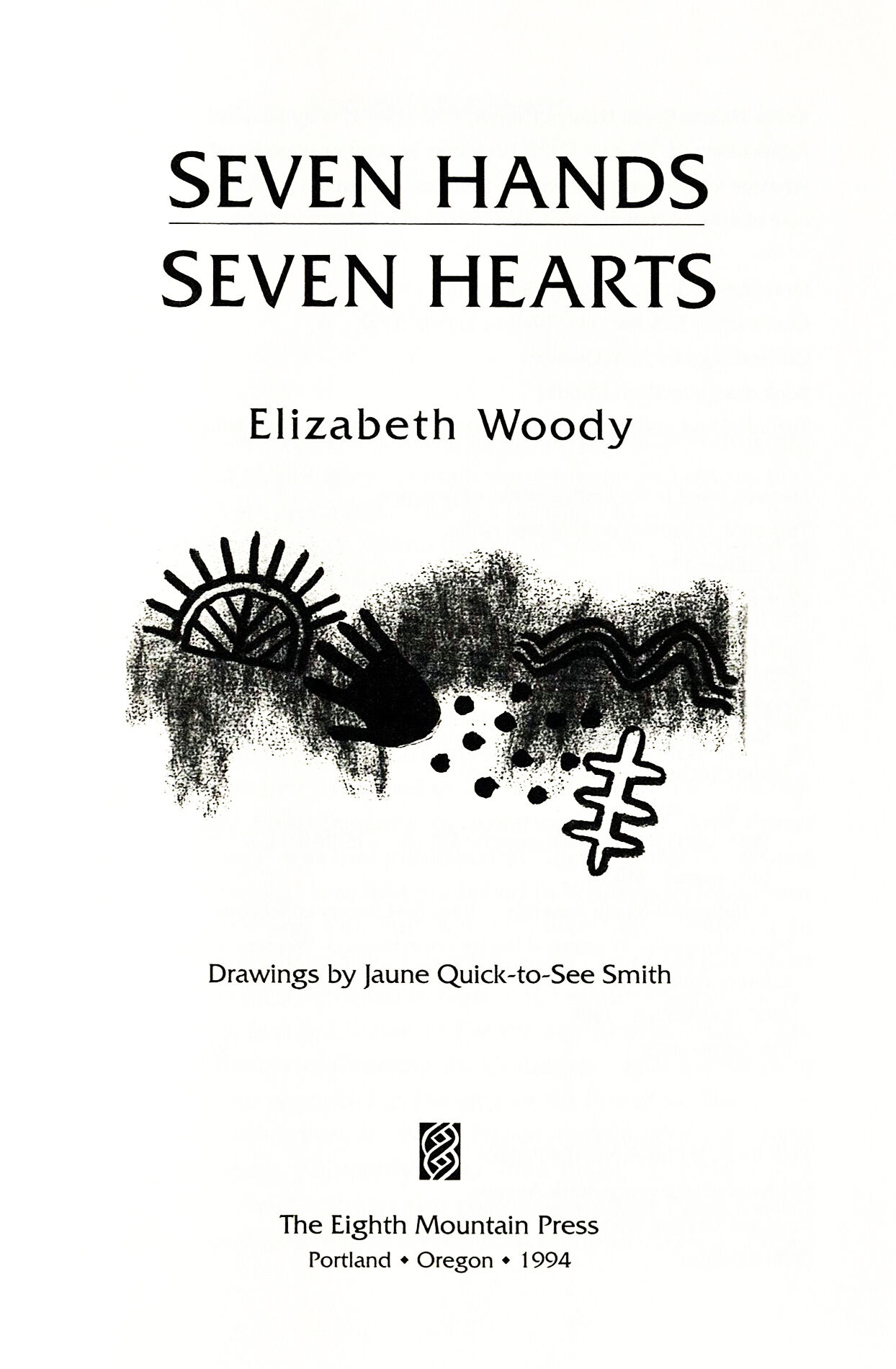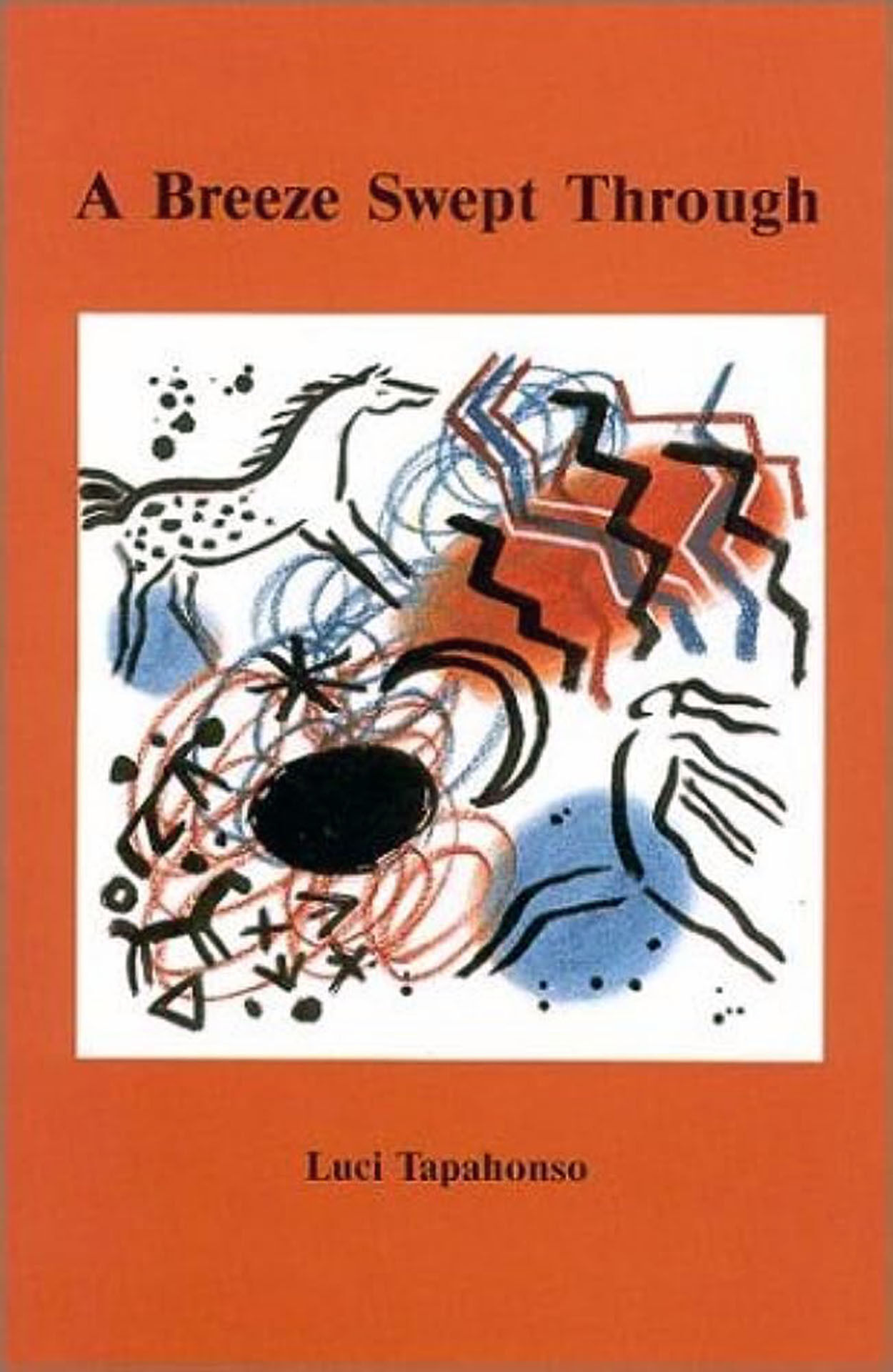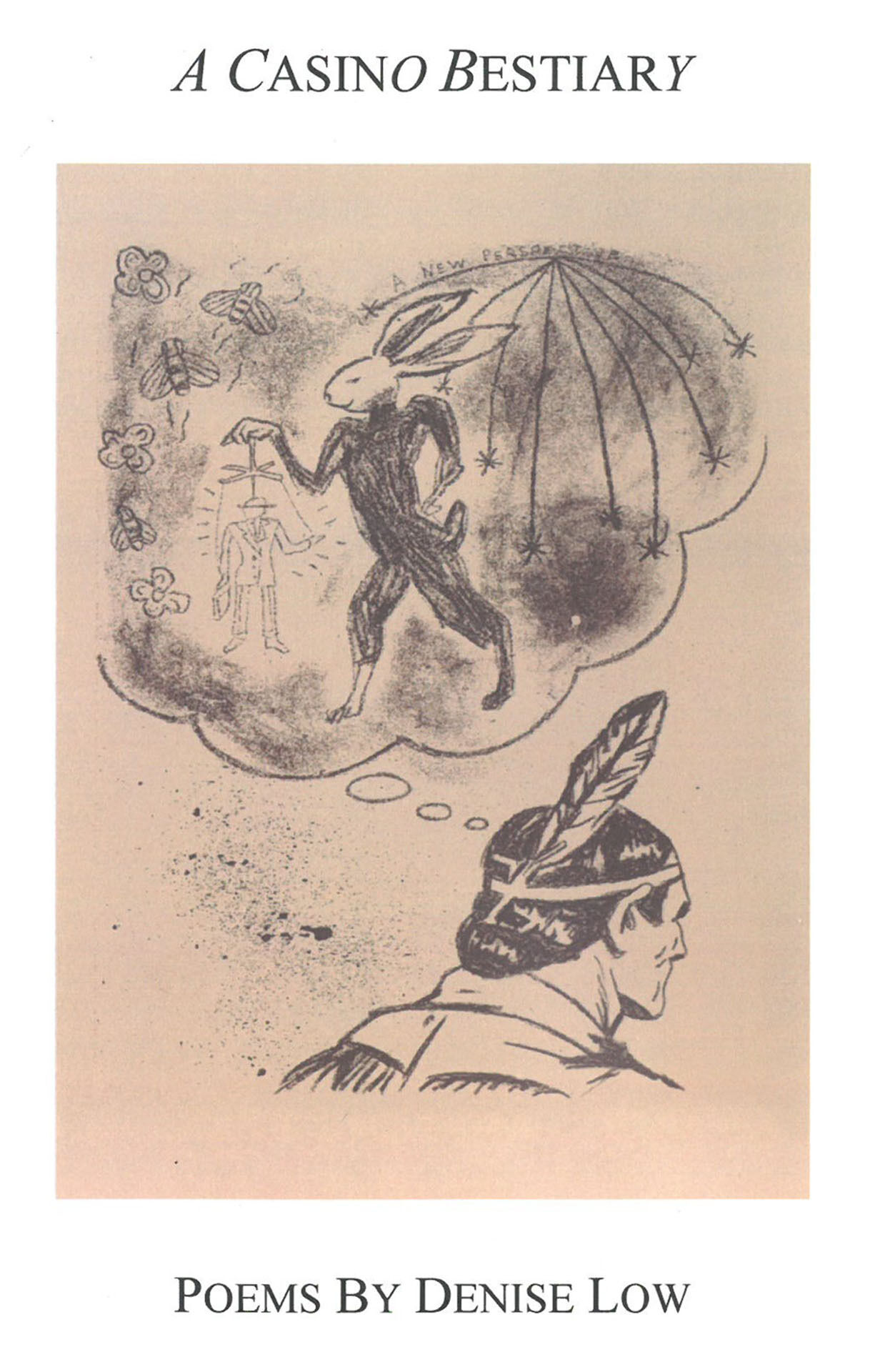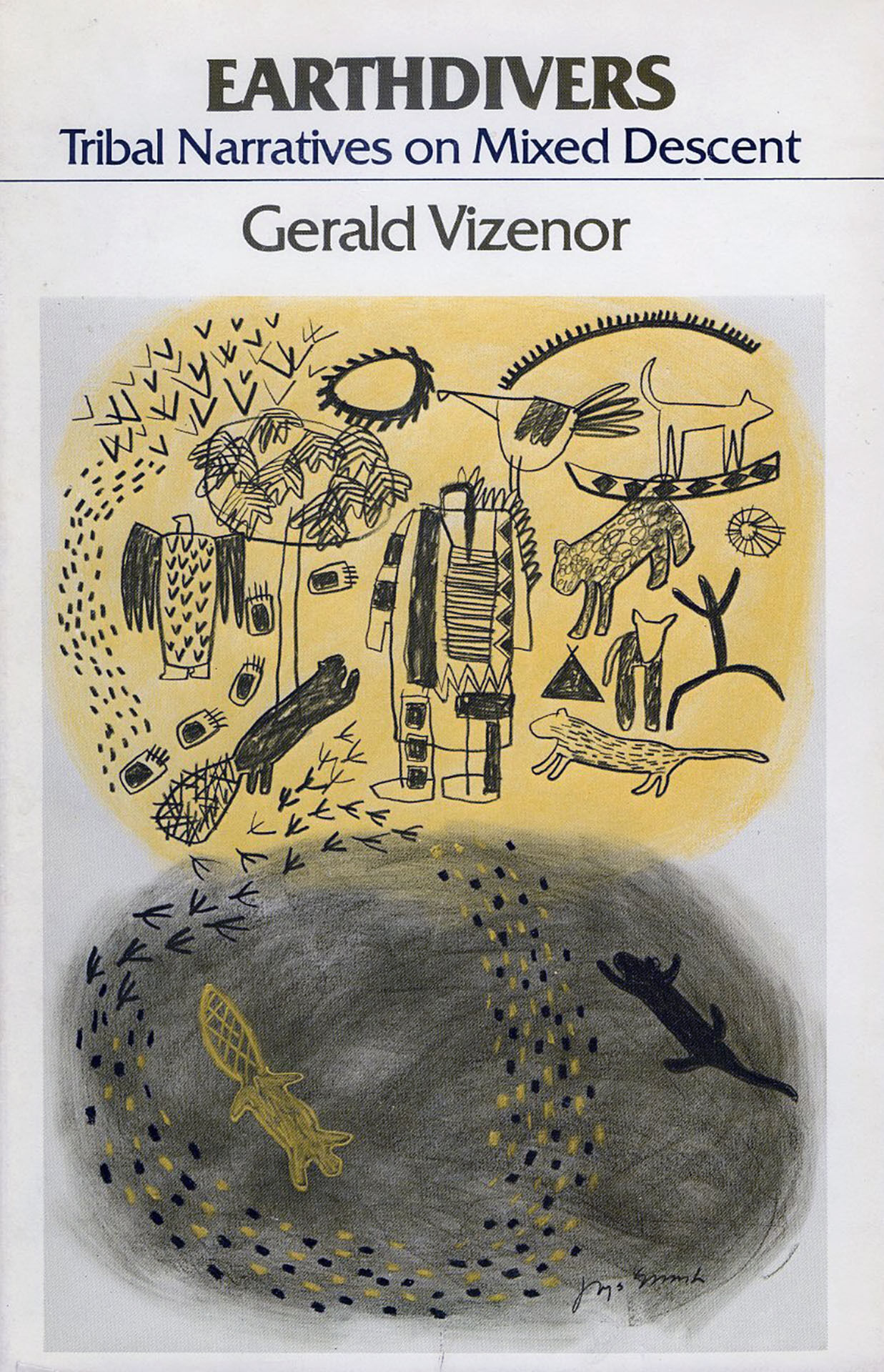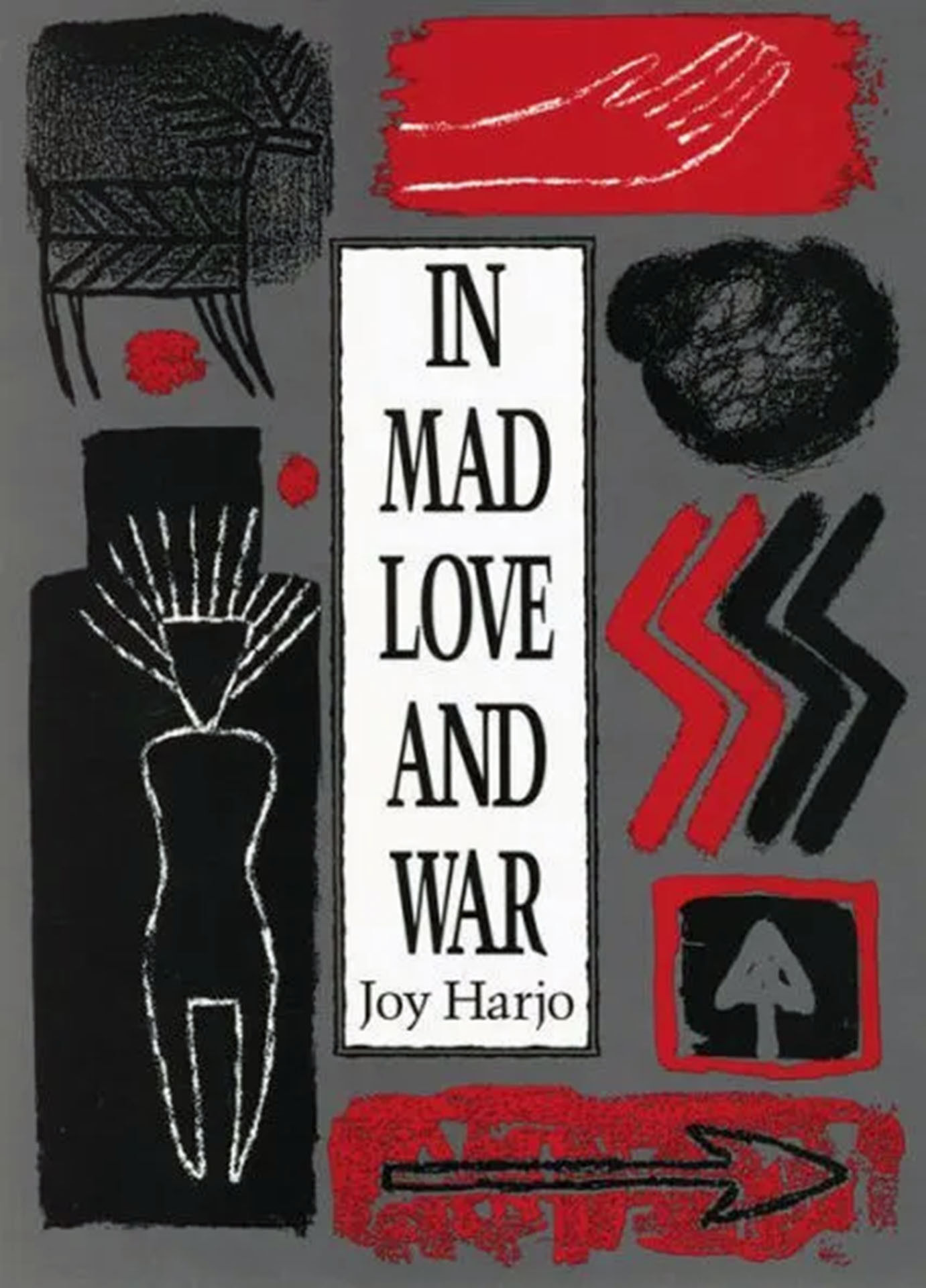Jaune Quick-to-See Smith: Memory Map | Art & Artists
Apr 19–Aug 13, 2023
Jaune Quick-to-See Smith: Memory Map | Art & Artists
Book Illustrations
11
As a child, “I read books about the whole world,” recalls Jaune Quick-to-See Smith in an interview with art historian Lowery Stokes Sims for the exhibition catalogue produced on the occasion of her Whitney Museum retrospective. During the artist’s youth, exposure to art and literature were difficult to come by. “We didn’t have a library; we had a bookmobile that parked on our dirt road. We had a lot of chores on our farm since we grew our own food. I would hide to read books because if somebody caught me with “my nose in a book,” it was a bad thing. But I read as much as I could possibly check out from that bookmobile.”
Smith’s insatiable appetite for printed matter continued into her adult life, a passion that she shared with many of her friends. Artist Joe Feddersen fondly remembers how they’d seek out inexpensive flights to New York where they would travel to do two things: “buy books and go to shows.” Publications, like artworks, are vehicles for ideas—and Smith immersed herself in both. In the early eighties, as Smith’s artistic career grew more established, she began to collaborate with writers, scholars, poets, and other artists across the country. Over the years, she provided reproductions of artworks and designed illustrations for dozens of books and periodicals authored by some of the most prominent Indigenous thinkers and poets working at the time, including Joy Harjo, Gerald Vizenor, and Elizabeth Woody, among others. A small collection of the titles Smith collaborated on appear below.

